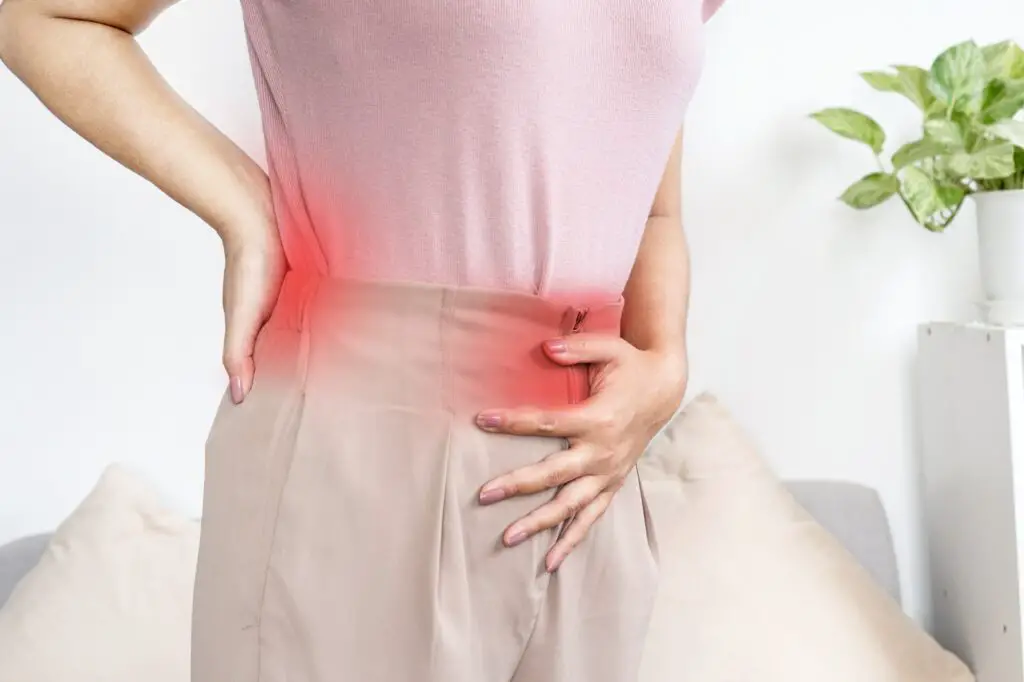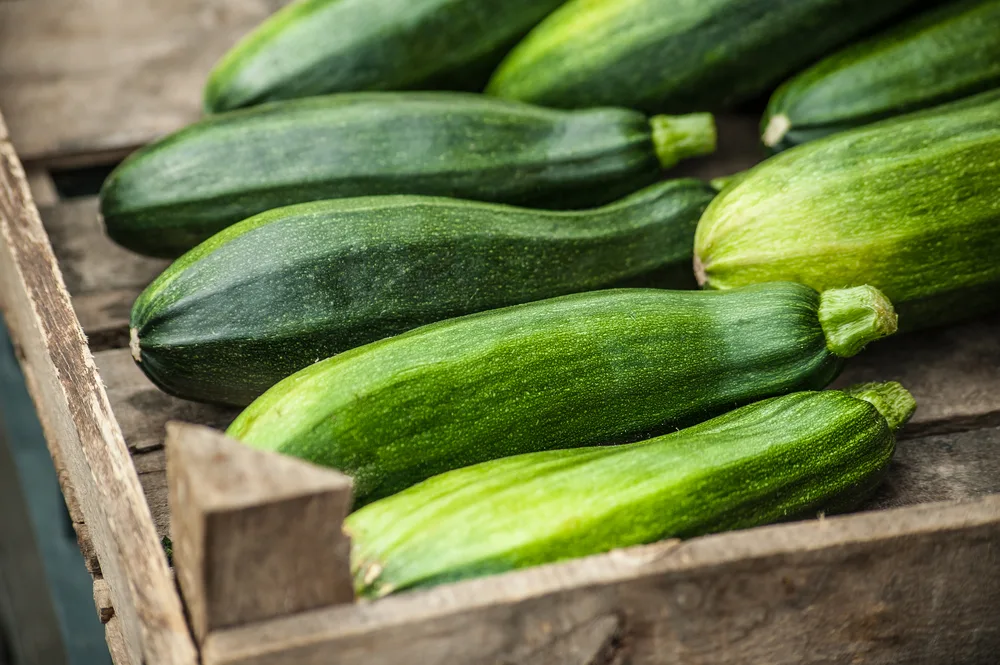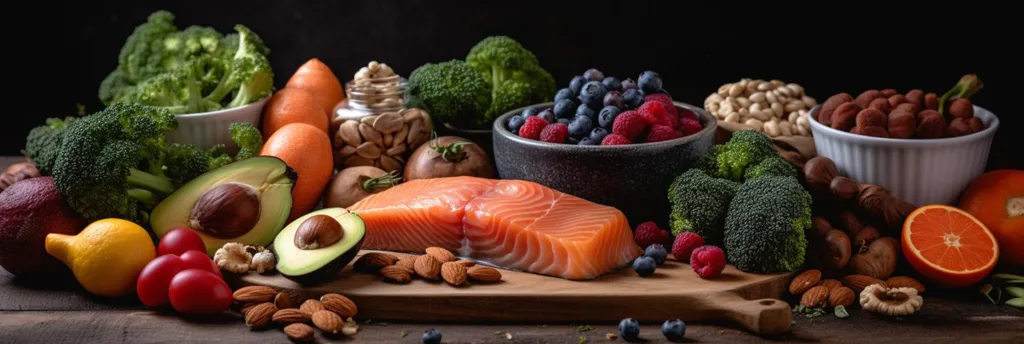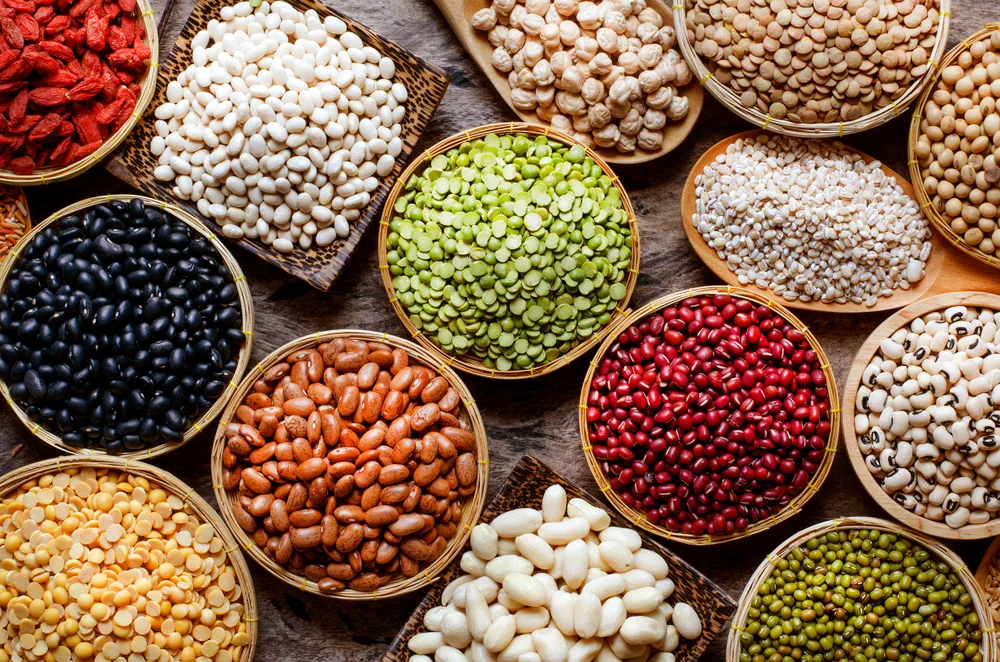Table of Contents
Can anemia be a sign of cancer, and how does this worrying condition impact our well-being?
This article offers insights into the threads of low iron and cancer, exploring what cancers cause anemia. We will also shed light on simple tweaks to improve your condition. These small changes might be the key to feeling better!
Anemia and cancer: What you should know
Anemia is when your body runs low on red blood cells. This condition is also called low hemoglobin in red blood cells. Hemoglobin (Hb) is the iron-rich protein that gives blood its red color and helps carry oxygen throughout the body (1, 2, 3).
The World Health Organization (WHO) discovered that from 1993 to 2005, anemia affected 1.62 billion people, or 25 percent of the world’s population (4).
Anemia can vary in severity from mild to life-threatening (3).
Can anemia cause cancer?
Anemia can hamper your body in different ways, causing (1, 3, 5):
- Tiredness, headache, and dizziness
- Cold or irritability
- Uneven heartbeat
- Pale skin or brittle nails
- Hair loss
- Strange food cravings, such as pica
- Swelling in the hands or feet
- Stool that is red or black
- Vomit that is dark brown or bright red
- Fainting
Don’t hesitate to notify your doctor or nurse if you’re dealing with cancer and notice any of these symptoms. They might want to know about your family history and overall health and run some extra tests to discover the underlying cause (3).
Remember, there is no need to worry—anemia itself doesn’t cause cancer, and there is no evidence to suggest it does.

Is anemia a sign of cancer?
On the flip side, cancer can be a cause of anemia. Sometimes, anemia is the only sign of cancer (6).
In fact, anemia is a common problem for those with cancer—up to 60 percent of cancer patients can develop it (6).
Technically, anemia can arise due to blood loss, insufficient red blood cell production, or rapid red blood cell destruction by suppressing bone marrow—where your body makes all your blood cells (2, 6).
In cancer, factors that can cause anemia include (5, 6):
- Blood loss (internal bleeding from tumors): Tumors, especially in the colon, can bleed and make you lose blood (7).
- Inflammation: This triggers more cytokines (a molecular messenger between cells) production, which can slow the production of red blood cells. Also, when your immune system is weak, you are at risk of infections causing anemia.
- Breakdown of red blood cells: In those who need blood transfusions, their bodies create antibodies and destroy red blood cells before they’re replaced (3).
- Nutritional deficiencies: In cancer, you may lose essential nutrients if you experience trouble swallowing, nausea, vomiting, or a loss of appetite (8). Your body may then lack nutrients to make red blood cells.
- Cancer treatments: Anemia can be a side effect of surgery, chemotherapy (chemo), radiotherapy, and hormone therapy.
- Metastasis: Most types of cancer can spread from where they started to other organs, like your bone marrow.
Why do they happen? It’s like cancer cells’ survival trick. Anemia causes a lack of oxygen around the tumor.
When the tumor doesn’t get enough oxygen, it signals them to grow more and make genetic changes. It helps them foster the growth of new blood vessels (angiogenesis). Then, the tumor becomes resistant to treatment and spreads more aggressively (6).

Is low iron a sign of cancer?
Can cancer cause low iron? Losing red blood cells means losing iron, and that’s what cancer can do to you. For instance, colon cancer can bleed your GI tract, leading to iron troubles (9).
Iron deficiency anemia is a common type of anemia. Low iron and cancer can be triggered owing to nausea, vomiting, and appetite loss (3, 5).
Cancer of the gastrointestinal (GI), urogenital (urinary and reproductive), and respiratory tract can lead to iron deficiency anemia. About 22 percent of solid tumors and 8 percent of blood-related cancers require intravenous iron to fix the problem (6).
Anemia from chemotherapy
In a study that included 4,426 patients on chemo, 89.5 percent of patients developed anemia (10).
Chemotherapy helps kill cancer and fast-growing cells in our body, including healthy cells in the bone marrow (11). The same goes for radiation therapy, thus causing anemia (1, 5, 12).
Moreover, chemotherapy can give you mouth sores, make you nauseous, and purge (11). When eating gets tough, you might end up nutrient-deficient.
Some cancer drugs can bring on anemia:
- Drugs containing platinum, such as cisplatin, carboplatin, and oxaliplatin (3, 13)
- Carmustine and doxorubicin, especially if you’ve got G6PD deficiency (6)
- Pentostatin (6)
The good news is, it’s temporary. Things get better once the treatment is over.
Up to 60 percent of cancer patients can develop anemia, which favors cancer cell growth and spreading while being resistant to treatments. The mechanism behind it is mostly bleeding, inflammation, and nutritional deficiency. Anemia is also a side effect of chemotherapy.

What cancers cause anemia?
When it comes to blood cell loss, many may think of blood cancer. There’s more to it—other types of cancer, especially those in the GI tract, can also lead to anemia (6).
Let’s dive into the relationship between low hemoglobin and cancer types.
Cancers that cause blood loss
The most obvious cancer type is blood cancer, which goes straight for the bone marrow. Some blood cancers that cause anemia include (6, 14):
- Leukemia: It starts in blood-forming tissues of the bone marrow (15).
- Multiple myeloma: It begins in plasma cells (a type of immune cell) in the bone marrow (16).
- Lymphoma: It develops in the lymph system and can also spread to bone marrow (17, 18).
Additionally, other types of cancers can spread to the bone marrow. Yet, it’s not the only mechanism. Check these out:
- Colon cancer: In a study of 356 colon cancer patients, 43 percent had anemia. This was associated with inflammation in the body (19).
- Digestive cancer: Bleeding in your digestive system can trigger iron deficiency. These conditions may also cause vitamin B12 deficiency anemia (9, 20).
- Kidney cancer: The kidneys typically produce a hormone called erythropoietin to help make red blood cells. However, if you have kidney disease, your body may not make enough erythropoietin, like in 44 percent of cases in a study (21).
- Liver cancer: The liver plays a role in regulating iron, which is why people with chronic liver disease often experience bleeding, inflammation, and anemia (22).
- Cervical cancer: 40‒64 percent of cervical cancer patients are anemic when they first seek treatment (12).
Even cancer stemming from breast, prostate, lung, bladder, or uterine can all play a part in triggering anemia (6).
Can bone cancer cause low hemoglobin?
Bone cancer is rare, so there is little research on it (23).
Sometimes, it can cause pain, but not always. Other symptoms might be swelling or weird lumps near your bones, getting a fever, or breaking bones without reason (23, 24).
We’re still unsure if these cancers are involved in bleeding or inflammation. It is possible (25), yet more research is needed. Moreover, anemia is common in other cancers (18).
Other cancers develop in bones but don’t start in the bone cells. Instead, they start in the bone marrow; some may get confused (14).
Simply put, certain bones have a hollow space called the ‘medullary cavity,’ which contains the bone marrow (14).
Things you can do to improve your anemia condition
Anemia is usually not severe enough to require treatment. Once we take care of its root cause, it tends to get better on its own (26).
So, optimally, the plan is to tackle the root cause if we can. Otherwise, our primary goal is to pump out healthier red blood cells.
Know your condition
The first thing the doctor needs to know is how severe your anemia is (3).
Low red blood cell count is not just one of the cancer symptoms. It can happen for different reasons. Some conditions that can cause anemia (2, 5, 9, 26):
- Inherited disorders (like G6PD deficiency, sickle cell anemia, and thalassemia) and internal bleeding, which we can’t fix.
- A diet that lacks enough iron, folic acid, or vitamin B12.
- Heavy menstrual periods and pregnancy. You need more blood to share with your baby—up to 30 percent.
- Long-lasting infections, like bacterial endocarditis, osteomyelitis (infection in the bone), HIV/AIDS, lung abscess, and hepatitis B or C.
- Weakened immune system and autoimmune disorders, including Crohn’s disease, lupus, and rheumatoid arthritis.
- Trauma and injuries.
- Chronic inflammatory bowel diseases (IBD, like Crohn’s disease).
- Surgery or medicines (such as aspirin).
- Aplastic anemia (bone marrow failure that damages blood cells).
- Kidney diseases.
- Celiac disease (gluten intolerance).
In severe cases, the condition can get a quick fix—a transfusion, but the underlying cause still needs to be treated (3).
However, note that transfusions might increase your chances of getting blood clots. And if you mix them with erythropoiesis-stimulating agents (common anemia drugs), the risk goes higher (29).
Save energy
You have less energy when there isn’t enough oxygen for your cells (5).
Anemia can also make it difficult to breathe and think normally, making everyday life challenging (3, 30). So don’t push yourself too hard.
You can take short naps during the day, but don’t stay in bed too much, or you’ll feel weak. Daily light exercise, like short walks, can be a real mood booster (1).
Let your cancer team know if you are having difficulty moving around (3).
Schedule important tasks each day and let people lend a hand. They can drive you to the doctor, cook meals, or tackle things you’re too tired to handle (1, 3).
Improve your diet
Even a little dietary change can turn things around for you.
Try getting 8 to 10 glasses of water (8 oz) daily unless your cancer team tells you otherwise. Feel free to sip on other beverages, but avoid beer, wine, and other alcoholic drinks (3).
So, what’s on the menu? You might need foods loaded with protein and iron (1). Here are a few examples of iron-rich foods (3, 5, 31):
- Red meat, organ meats (such as liver), chicken, turkey, and eggs
- Seafood like fatty fish, oysters, and sardines
- Dried fruits (like raisins and prunes) and nuts
- Dark green leafy vegetables (such as spinach and broccoli) and beans (especially white beans and lima beans)
Some can pop iron pills or get it through an IV. Still, if you get stomach or intestine issues like IBD, celiac disease, or autoimmune gastritis, pills will not help (9, 30).
To help with iron absorption, eat foods high in vitamin C, like citrus fruits, berries, tomatoes, peppers, and broccoli (5, 9).
Some other foods may slow down iron absorption. So, if you have anemia caused by low iron, avoid coffee, tea, milk, egg whites, fiber, and soy protein (5).
Vitamin B12 and folic acid are also anemia fighters (5).
You can boost your vitamin B12 level by consuming more (5, 32):
- Fish, shellfish, meat, organ meats (such as liver), poultry, eggs, milk, and other dairy products.
- Clams and beef liver are particularly good sources of vitamin B12.
- Plant-based foods don’t naturally have vitamin B12 unless they’ve been fortified.
You can also get folic acid (folate) from (5):
- Veggie: dark green leafy vegetables (such as spinach and broccoli) and asparagus
- Legumes: beans, peas, and lentils
- Fruits: bananas and oranges
Remember, it’s always wise to discuss your diet with your doctor, nurse, or registered dietitian to determine the best one for you (1).


Can liver cancer cause low hemoglobin?
Chronic liver disease often causes multiple blood problems or low hemoglobin because of our liver’s crucial role in iron control. It is common in advanced liver disease, including advanced liver cancer. In these conditions, inflammation, impaired clotting, and a low platelet count make us bleed more (22).
What is the minimum hemoglobin level for chemotherapy?
Males’ hemoglobin levels typically score 14‒18 g/dl, and that of females is 12‒16 g/dl. Anemia was defined as below these levels. Hemoglobin levels, especially in those with around 10 g/dL, can quickly drop while getting chemotherapy (33, 34).
However, our treatment plan is tailored to our cancer type, stage, and overall health. Our doctors aim to keep those hemoglobin levels on point, ensuring we can tolerate chemotherapy.
Can cancer cause low iron?
Yes, cancer, especially GI and colon cancer, can cause low iron levels, leading to anemia. This condition is a drop in the number of red blood cells.
Severe anemia caused by a low iron can be severe, bringing tiredness, shortness of breath, or chest pain. Some might feel weak, dizzy, and lightheaded, and their hands and feet might turn icy cold. Watch out also for pale skin (6, 9).
What diseases are associated with low hemoglobin?
What autoimmune disease causes low hemoglobin?
Autoimmune diseases occur when your immune system mistakenly attacks your own cells and tissues. Some autoimmune disorders, such as Crohn’s disease, lupus, rheumatoid arthritis, and ulcerative colitis, can cause anemia (26).
Various mechanisms include inflammation, producing antibodies, and suppressing the bone marrow (6).
Who is at risk for low hemoglobin?
Your chances go up as you get older or have a family history of inherited anemia. Bleeding from heavy menstrual periods, inflammation, surgery, serious injury, cancer, autoimmune diseases, or frequent blood donations can also up your risk (2, 26).
Moreover, drinking alcohol or not getting enough nutrients like iron, vitamin B12, and folic acid can put you on the anemia radar (36).



Summary
Anemia is a common side effect of cancer.
Regarding what type of cancer causes low hemoglobin, any cancer type can if it metastasizes to your bone marrow—the blood cells factory.
Low iron and cancers are closely connected. When you have cancer, you may experience increased bleeding, inflammation, or nutritional deficiencies and, in turn, a lack of iron.
Some simple strategies can help alleviate anemia. Be mindful of your energy expenditure. Eat a balanced diet packed with iron, folate, and vitamin B12.

















Comments
0